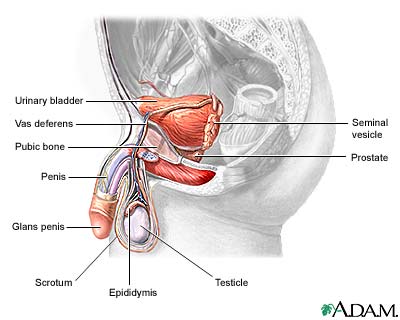Orchiopexy surgery / procedure - risks and side effects

What is Orchiopexy procedure / surgery
Orchiopexy is a surgical OPERATION to correct an undescended testicle (CRYPTORCHIDISM). Nearly always the operation takes place early in childhood, typically between ages six and 12 months. In many situations the operation is an outpatient procedure the surgeon can perform in an AMBULATORY SURGICAL FACILITY, usually with general ANESTHESIA.
The surgeon makes two incisions, one in the lower abdomen and one in the SCROTUM. The abdominal incision provides access to the undescended testicle, which the surgeon manipulates through the inguinal canal (a passageway through the ligaments supporting the pelvic floor) and into the scrotum. Through the incision in the scrotum the surgeon sutures (stitches) the testicle to the inside of the scrotum so it cannot reascend.
Orchiopexy Risks and Side Effects
The primary risks of orchiopexy are excessive bleeding and INFECTION, both of which are uncommon. Recovery is typically rapid, with HEALING complete within two weeks. When done early in childhood, orchiopexy preserves FERTILITY. However, an increased risk for TESTICULAR CANCER remains, making TESTICULAR SELF-EXAMINATION an important screening procedure.
See also ORCHIECTOMY; SURGERY BENEFIT AND RISK ASSESSMENT; TESTICLES.